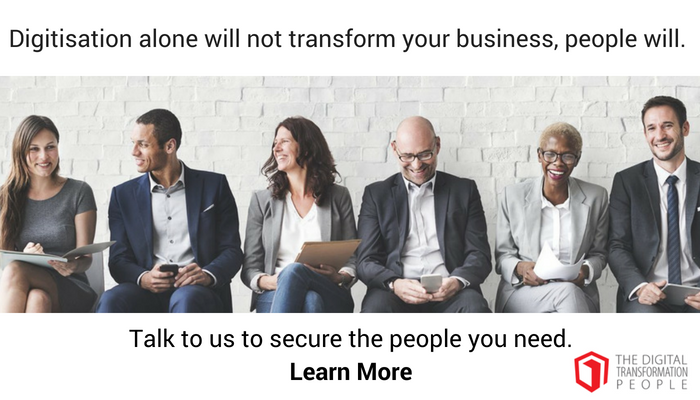I believe there are two very important reasons professional service firm leaders should nurture, actively coach even, the entrepreneurial instincts of their top people: retention and alignment.
Retention is about creating an environment where your best and brightest feel inspired to achieve their full potential. Alignment is about coaching your top people to think and act like an entrepreneur, so your interests and their interests align.
In my estimation, after having served more than 50 mid-sized professional service firms for more than 20 years, the absence of entrepreneurial coaching is one of the major reasons most service firms grow very little or very slowly.
It seems that many firm leaders, especially founders, fear that if they pull back the curtain and show their top people what it takes to run a company, those people will leave, potentially to start a competitive firm.
I believe the exact opposite is true. If you show your people what it means to be an entrepreneur and what it takes to run a professional service firm, they will stay. More importantly, they will become a better employee because they will have a deeper appreciation for the risks you take as an entrepreneur.
Better still, if you coach them in entrepreneurship and give them opportunities to stretch their wings, they will begin to think and act like you. This will make your relationship even stronger.
Why Top People Leave
Nearly any professional service firm that exceeds five million dollars in annual revenue relies on top people. While founders provide vision and passion, it takes top people to make those dreams a reality — usually through hard work over many years of faithful service.
These individuals are reliable, talented, well-versed in the technical disciplines of the profession and typically demonstrate a capacity to grow and adapt to the changing needs of the business over time. These are your most trusted employees. They are invaluable. This is why losing them is so painful.
In my experience, top people leave to do two things: start their own firm or move into a position of greater responsibility at another firm. Both of these urges can be satisfied, in most cases, by coaching people to become entrepreneurial. Below I outline some practical ways to do this.
Before we look at those techniques, let’s get right to heart of why most top people leave — the motives. While they might take another job or start their own firm, usually they are doing so because they believe they have never achieved their full potential.
They have an itch. I have heard this time-after-time when coaching top people who are a flight-risk.
They have ideas they want to try. They have instincts that have guided their decisions and have likely benefitted your business. They may be bored in their current role. But most importantly, especially for the truly entrepreneurially-minded of the group, they are ready to take risk. They want to bet on themselves.
These are the people that you really don’t want to lose because they are likely the future leaders of your firm. They might even be the ones who buy-out your equity so you can retire comfortably.
How Entrepreneurs And Employees Think About Risk Differently
In my experience, employees and business owners think about risk very differently. Entrepreneurs who’ve been through both expansion and constriction cycles know the joy of winning and the pain of losing.
But if you were to ask a seasoned entrepreneur which had the greater impact on them — winning or losing — I would wager they would say losing.
Entrepreneurs know that the next down-cycle could put their business into an uncontrollable downward spiral. The effect to them could be the irrecoverable loss of multi-generational wealth. This is what they are risking — complete financial ruin that impacts them, their heirs and their dreams for the future.
Employees, on the other hand, typically have not experienced that level of risk. Their biggest risk, if their employer fails, is that they’ll have to get another job. I call this TBJ: time-between-job risk.
Here is my thesis to you. It is virtually impossible for someone who has only ever experienced TBJ-risk to understand complete-financial-ruin-risk. Bold people who want to bet on themselves consistently underestimate the pain and stress of navigating a downward spiral. They will only understand this once they’ve been through it. But by then, you will have lost them.
How To Nurture The Entrepreneurial Instincts Of Your Top People
The best way I’ve found to retain top people who are inclined toward risk-taking is to give them a P&L and a team to manage and grow. Give them the feeling of freedom to make their own choices without the risk of complete personal financial ruin. But hold them accountable.
The starting point for this process is to have them formally answer five questions:
- How will you acquire clients?
- How will you earn revenue?
- How will you cover payroll and other expenses (office, computers, travel) for your team?
- What do you intend to do if your expenses exceed your income?
- What will it take to post a profit?
These are the top five questions that entrepreneurs in the services industry have to answer every day. I know this probably sounds like really simple stuff.
But I am amazed by how little attention these questions seem to get from people who are thinking about starting their own business or jumping ship to run a department at another company.
As soon as an employee has to start answering these questions, establishing priorities, managing people, satisfying clients and producing financial results for the organization, their attitude seems to change. They gain a new sympathy for what the business leaders have had to deal with. They become more collegial to the leaders.
This relationship is made even stronger if the business leaders provide coaching along the way. If an employee who carries a P&L can routinely pick the brains of an experienced entrepreneur, they will thrive even more.
Article by channel:
Everything you need to know about Digital Transformation
The best articles, news and events direct to your inbox
Read more articles tagged: Featured, HR, Leadership









